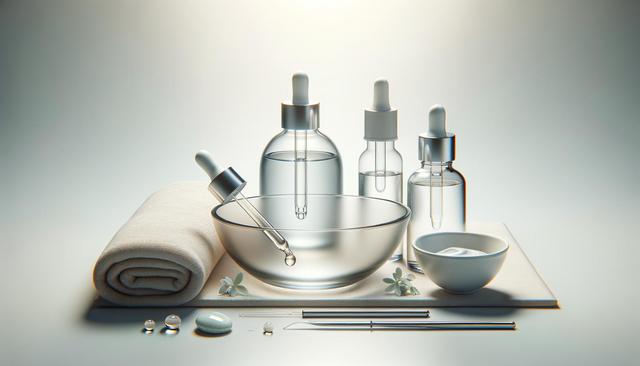Understanding the Causes of Dark Spots
Dark spots, also known as hyperpigmentation, can appear for a variety of reasons. Common contributors include sun exposure, hormonal changes, inflammation, and the natural aging process. Prolonged exposure to UV rays, for example, stimulates melanin production which can lead to freckles, sunspots, or age spots. Hormonal fluctuations, often during pregnancy or due to certain medications, may result in melasma. Additionally, inflammation from acne or skin injuries can leave behind post-inflammatory hyperpigmentation.
Knowing the cause of your dark spots is critical in choosing the most effective treatment method. For instance, sun-induced pigmentation may respond well to sun protection and gentle brightening agents, while hormonal melasma might require more targeted approaches. Understanding these triggers helps individuals make informed decisions when searching for the best cream for dark spots and uneven skin tone.
Top Ingredients to Look for in Creams
When selecting a product to address dark spots, the formulation plays a key role in its effectiveness. Many quality creams include scientifically supported ingredients known for their brightening and skin-evening properties. Here are a few noteworthy components often found in formulas designed for dark spot correction:
- Niacinamide – a form of vitamin B3 that supports skin barrier repair and reduces pigmentation.
- Vitamin C – an antioxidant that helps to brighten skin and protect against oxidative stress.
- Licorice extract – known for its natural skin-lightening effects.
- Alpha arbutin – reduces melanin production and helps fade existing discoloration.
- Hydroxy acids (like glycolic and lactic acid) – promote exfoliation and cell turnover.
These ingredients can be especially helpful when used consistently and in conjunction with sun protection. A well-formulated product can be among the most highly rated options when it comes to finding the best cream for dark spots and uneven skin tone.
Natural Methods to Fade Age Spots
For those who prefer a gentler or more holistic approach, learning how to fade age spots naturally can be a beneficial strategy. While natural remedies may take longer to show results compared to clinical treatments, they can still support skin clarity when used consistently. Some popular natural options include:
- Lemon juice – contains natural acids that can help exfoliate and brighten the skin (used with caution due to sun sensitivity).
- Aloe vera – soothes skin and may help reduce hyperpigmentation over time.
- Apple cider vinegar – contains acetic acid, which may help lighten pigmentation when diluted properly.
- Green tea extract – known for its antioxidant and anti-inflammatory properties.
Incorporating these remedies into a skincare routine, along with a healthy diet rich in antioxidants, can support your efforts to reduce pigmentation. However, it’s important to patch test any new ingredient to avoid irritation or adverse reactions.
Preventing Future Dark Spots
Prevention plays a vital role in managing skin tone and maintaining a clear complexion. Daily sun protection is perhaps the most important step in preventing new dark spots from forming. Broad-spectrum sunscreen with an SPF of 30 or higher should be applied every morning, even on cloudy days. Reapplying every two hours when outdoors helps maintain protection.
Other preventive measures include:
- Wearing protective clothing and wide-brimmed hats during peak sun hours.
- Avoiding picking or squeezing pimples, which can lead to post-inflammatory hyperpigmentation.
- Maintaining a consistent skincare routine that includes gentle cleansing, moisturizing, and exfoliation.
By adopting these practices, individuals can reduce the chances of developing new spots and support the effectiveness of treatments already in use.
Professional Treatments and When to Consider Them
For persistent or severe dark spots, professional treatments may offer more noticeable results. Dermatologists can recommend options based on skin type, pigmentation depth, and overall skin health. Some commonly used in-office procedures include:
- Chemical peels – use of acids to remove the outer layers of skin, revealing fresher, more even-toned skin beneath.
- Laser therapy – targets pigment in the skin to break it down and fade discoloration over time.
- Microneedling – stimulates collagen production and can improve texture and tone.
- Prescription topicals – such as retinoids or hydroquinone, which can be more potent than over-the-counter products.
These treatments are generally more aggressive but should always be performed under the guidance of a licensed professional. They can be helpful for those who have tried other methods without satisfactory results or who need faster improvements.




Leave a Reply